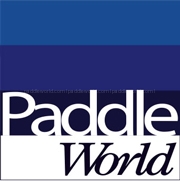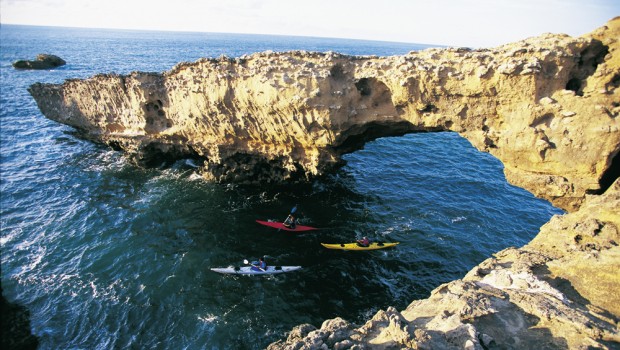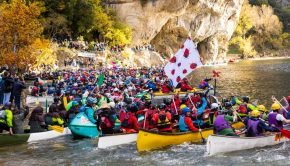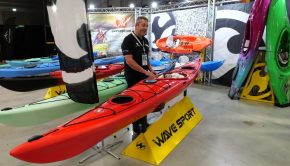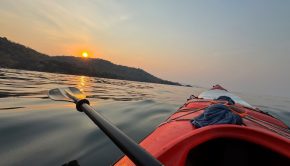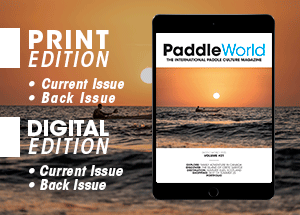Tips – Planning your Trip
In this issue, Kent Ford shares with us how to plan for successful trip on the water. Picking your group, planning a route, preparing your gear, staying organized on the water—Kent walks us through some of the key elements to a great day on the water.
We’ve all been there… on a trip that got mildly out of hand, usually because of mixed interests and abilities, and not enough group cohesion. Experience is the result of learning from a series of poor decisions. Wisdom is learning from the errors of others.
The most important part of trip planning is picking the people you paddle with, and the place you choose to go. You want a group that will look after each other, and be able to help if someone has trouble. Go with friends who will share the fun of paddling.
Starting the trip with a group isn’t enough precaution. Stay within communication distance with your companions. Otherwise, paddlers travel at different speeds due to their varying equipment, interests, and experience.
Inexperienced paddlers should pick a well known route in protected water, so wind or tidal currents won’t present a problem and so you can always get to shore. Choose a route on smaller lakes, protected waterways without fast current and protected coastlines with less than a 1 foot surf.
Choosing sheltered waterways for wind protection is important, because the wind is the biggest threat and enemy of the open water kayaker. Strong winds can take control of your boat, and make progress impossible. A small bay or inland waterway provides the most safety. But it is also important to have the weather forecast, so you have an idea of what to expect.
Have alternate plans for landings, keep your group together, and know your rescues. Having a cellular phone can simplify a rescue situation, but you can’t rely on electronics in the water environment. Towing is an option for group situations when one paddler simply runs out of energy.
Planning short day trips can be as easy as checking with a local outfitter or guidebook for suggested destinations. It will take some experience to calculate an appropriate distance to travel and how much time to allow. Talk to others who’ve done the trip.
When planning your route, look at the weather forecast, decide on a distance that works for the whole group, and discuss local water hazards.
Always be alert for other traffic on the water. Assume that large boats won’t see you!
In some coastal regions, the sudden onset of fog can cause total disorientation. In these areas, it is extra important to stick with your group and stay close to shore.
Night paddling, while offering special rewards should be avoided until you are equipped with appropriate running lights and navigation skills.
On some waterways, you’ll need to know which way the tide is moving and when the tide will change. Then you can plan your day to return with the tide for an easier trip. The currents caused by the changing tides can be considerably faster than the average speed of a touring paddler.
Prepare yourself for a day in the sun with sunscreen, a hat, and sunglasses. Bring a snack, and drink a lot of water. This is a good hedge against a headache, which is frequently caused by dehydration.
Tell your friends where you are going, and check in with them when you return. Information on your skills, equipment, destination, and timetable allow assistance to be mobilized if you ever need it.
Wherever you go, there are environmental and social responsibilities for kayakers. Be especially courteous to fisherman, giving them lots of space whenever possible. Be sensitive to the rights of landowners and neighbors. The booming numbers of kayakers are adding a strain to fragile shorelines. Practice the principles of leave no trace. A trip with these issues addressed is the sign of wisdom by participants.
Go have fun!
Kent Ford
For more info on Kent Ford’s books, films and adventures go to www.performancevideo.com
